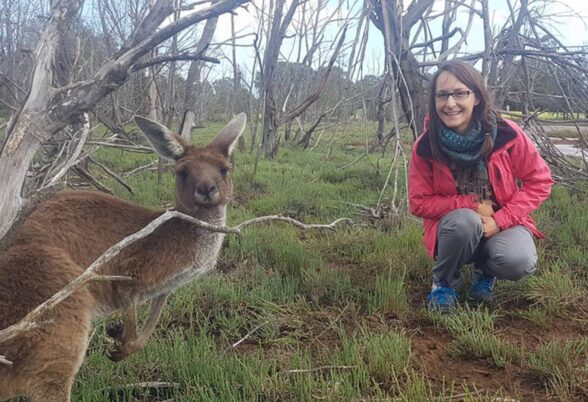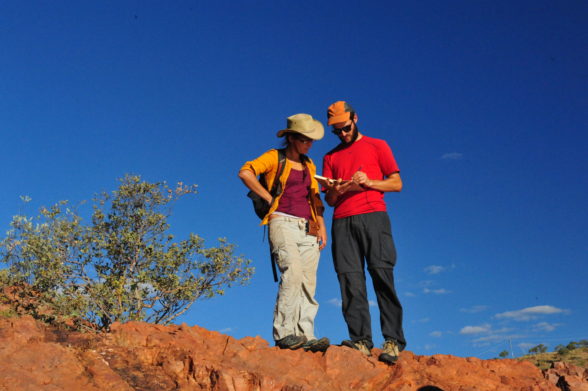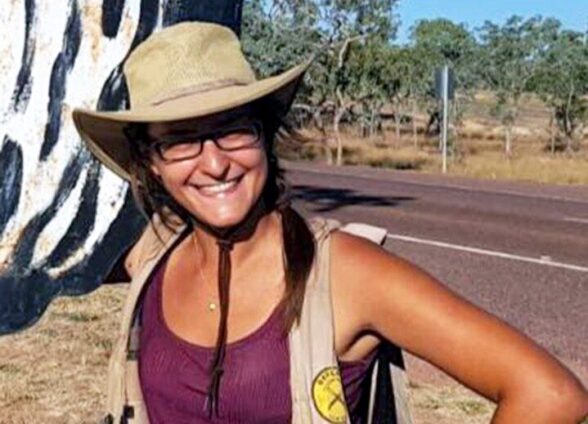Dr Silvia Volante awarded prestigious Chris Powell Medal
Dr Silvia Volante, a PhD graduate from the EDRG, was recently awarded the prestigious Chris Powell Medal by the Geological Society of Australia for her outstanding PhD paper in the journal of Tectonics (Volante et al., 2020. https://doi.org/10.1029/2020TC006162) entitled “Structural Evolution of a 1.6 Ga Orogeny Related to the Final Assembly of the Supercontinent Nuna: Coupling of Episodic and Progressive Deformation”.
This article, accompanied by two of her supporting papers, were previously featured in one of our research highlights. The work not only resolved the decade-long debate on the complex structural and metamorphic evolution of the Mt Isa and Georgetown region in northern Queensland, that proved to be a rare and critical record of how the world’s first supercontinent Nuna formed, but also opened the door for achieving a fundamentally new understanding of how the world-class Mt Isa-Broken Hill mineral province formed.
Silvia’s work, through taking a multidisciplinary and multiscale approach involving structural/tectonic analyses that integrated regional, outcrop and microstructural observations, geochronological analyses of index metamorphic minerals, combined with metamorphic/petrological analyses and thermodynamic modelling to establish peak metamorphic conditions associated with discrete structural episodes over a 100 Ma time interval. Her microstructural work was able to identify an early (~1600 Ma) collisional (D1) crustal thickening phase generated during E-W shortening associated with Barrovian metamorphism, also evident at Mt Isa. Her regional mapping further identified a cryptic mid-crustal decollement below which higher grade, post-collisional HT-LP to HT-MP metamorphism was associated with wholesale migmatisation of the lower crust (8–9 kbar) and extensive S-type granite emplacement in the mid-crust (4–5 kbar) during E-W lithospheric extension at 1.55 Ma. A second compressional phase (D3) during the waning stages of metamorphism formed the regional, mostly E-W trending, upright folds which dominate the outcrop pattern of the Georgetown Inlier.
Through this complex and multifaceted study, Silvia was able to resolve the long-standing controversy about the degree of importance and relative order of major tectonic events in Mesoproterozoic NE Australia. Furthermore, she was also able to link the regional events to global events, interpreting the observed three phases of structural/metamorphic events in terms of the assembly of the Mesoproterozoic supercontinent Nuna, putting northern Queensland firmly on the global geotectonic map.
Congratulations on this exceptional honour Silvia!



